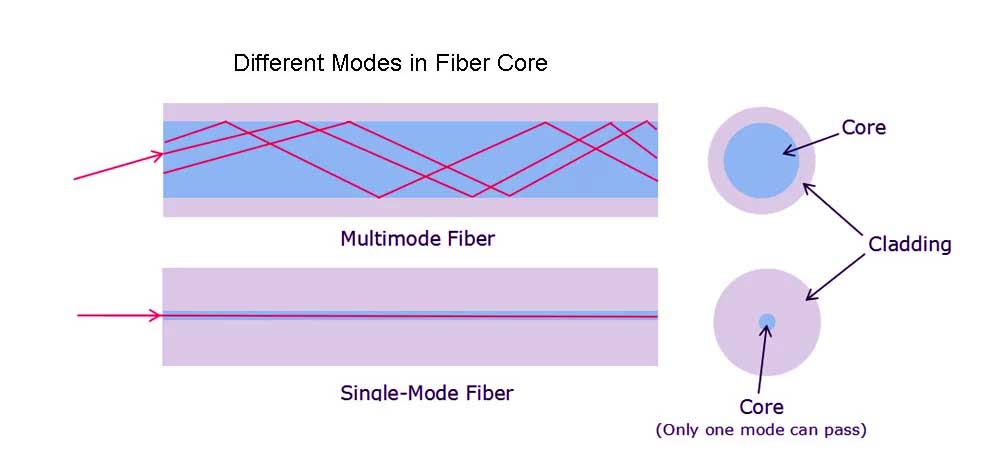Optical fiber cables are the world’s most important medium of communication. They are used for long-distance data, voice, and video transmission. Optical fiber cables are made of extremely thin glass strands that transmit light signals. These cables can transmit data at much higher rates than traditional copper cables and are far more reliable and secure.
Optical fiber cables are made of a mix of materials such as glass, plastic, and metal. The cable’s core is made of glass, which is a great medium for light transmission. The cable’s core is surrounded by cladding material, which is typically made of plastic or glass and serves to reflect and guide light signals through the cable. A protective sheath, usually made of plastic or metal, surrounds the glass core and cladding. This sheath protects the cables from outside damage and interference.
Fiber optic cables are much more than meets the eye. Thousands of optical fibers are encased in a protective insulated jacket in these cables. They are made up of thin glass strands that can transmit information in the form of light rays. These fiber cables have rendered traditional metal wires obsolete in networking cables.
The Optical Fiber Cable (OFC) has the potential to unlock the potential of advanced services through mobile, Internet, IPTV, and automotive safety applications, as well as in high-profile space, such as military applications and controlling operations in megacities.
Optical fiber cables are used in a variety of applications such as telecommunications, broadcasting, the internet, and computer networking. Because they can transmit data over long distances with minimal signal loss, these cables are used in long-distance communication. Local networks, such as those found in offices and homes, also make use of them.
Optical fiber cables are also used in a variety of medical procedures, such as endoscopy and laparoscopy. They are used to view the inside of the body and provide detailed images for medical diagnosis and treatment. They are also used in laser surgery, which involves sending a beam of light down the cable to cut or burn tissue.
Industrial applications for optical fiber cables include the aerospace industry. They are used to control robotic motion and monitor movement in automated manufacturing processes. They are also used to monitor and control the flow of oil and gas through pipelines in the oil and gas industry.
The ability of optical fiber cables to transmit data at much higher rates than traditional copper cables is their most significant advantage. This enables faster data transfer, which means more data can be sent in less time. They are also more dependable and secure than copper cables because they are less susceptible to interference and tampering.
Finally, optical fiber cables are an important global communication medium. They are used for a variety of purposes, including telecommunications, broadcasting, the internet, and computer networking. They are more reliable and secure than traditional copper cables and can transmit data at much higher rates. They are also used in a variety of medical and industrial settings. As a result, they are an important part of the global communications infrastructure and are necessary for the global community’s continued growth and development.
Contact Linden Photonics to get a quote or Call Us at (978) 392-7985



One comment
Tony
05/21/2023 at 9:26 pm
Very good blog post. I definitely appreciate this site. Keep writing!